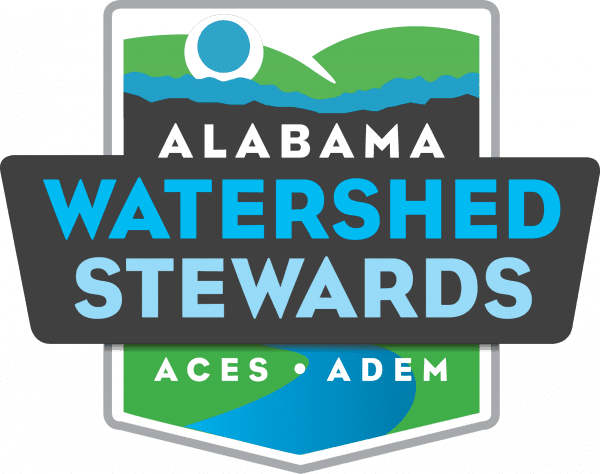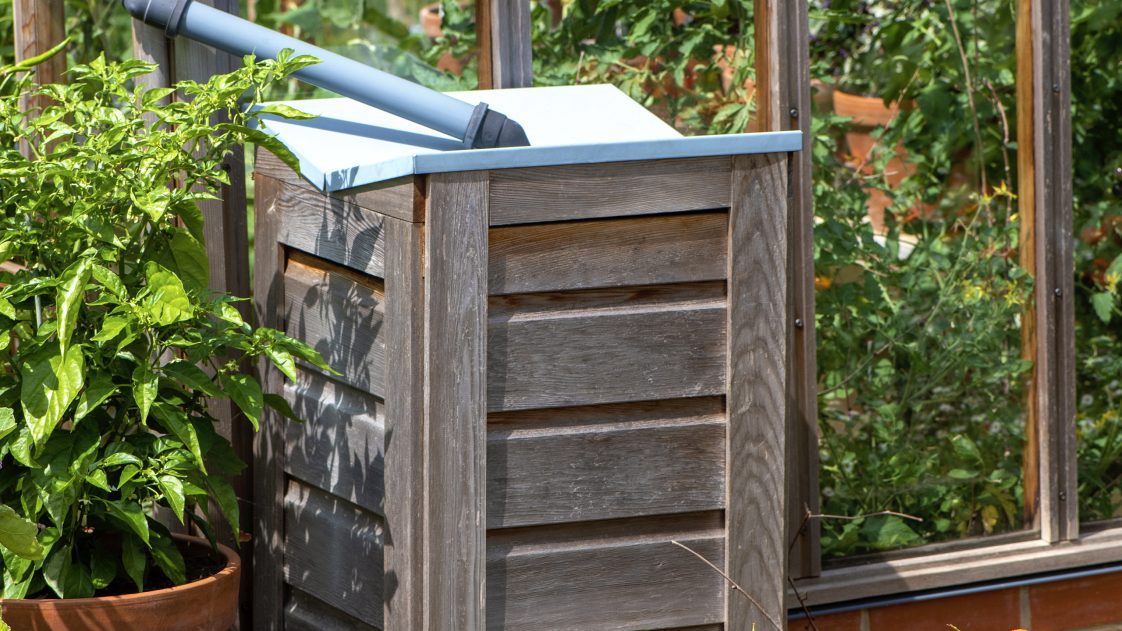Fish & Water

Following are ten uses for harvested rainwater:
1. Watering ornamental or vegetable gardens
2. Watering perennial beds
3. Watering rain garden during dry periods
4. Washing dogs
5. Washing cars
6. Filling a bird bath
7. Irrigating young trees
8. Keeping compost from drying out
9. Hydrating mushroom logs
10. Flushing toilets. (Be sure to check with local plumbing codes and ordinances if you are interested in using rainwater inside your home.)
Irrigating Edibles
If rainwater is used for a vegetable garden, there are some precautions recommended, depending on what you are growing and your irrigation methods.15 See tables 1 and 2 for suggested management strategies.
Table 1. Design and Maintenance of Rainwater Harvesting Systems to Irrigate Edibles
| Cistern or Rain Barrel | Management Strategy | Recommended Practices: Design and Maintenance |
|---|---|---|
| Rain Barrel | Prevent exposure to potentially harmful chemicals. | When building your own rain barrel, be sure that the barrel is food grade and never transported chemicals. |
| Rain Barrel | Disinfect using chlorine application recommendations if concerned about the quality of water in a rain barrel. Note: chlorine will kill beneficial microbes in the soil and should be used sparingly and only when necessary. | Before irrigating a vegetable garden, add unscented bleach with a 5% to 6% chlorine solution at a rate of 1/8 teaspoon per gallon to the harvested water. After treatment, let water stand for 24 hours before applying to vegetables. |
| Both | Prevent accidental ingestion of untreated water. | Label spigot with “Do Not Drink” or other nonpotable-water message. Use hangtag or sticker. Make sure language is culturally appropriate. |
| Both | Prevent insects and small animals from entering the tank. | Make sure that screening, point of entry, and top are secured. |
| Both | Remove leaves, twigs, sediment, and other forms of debris that may contaminate water. | Clear debris from gutters and downspouts at least twice a year. |
| Rain Barrel | Remove leaves, twigs, sediment, and other forms of debris that may contaminate water. | Clear debris from screened inlet at least four times a year. |
| Cistern | Remove leaves, twigs, sediment, and other forms of debris that may contaminate water. | Clear debris from downspout filter, basket filter, vortex filter, and/or first flush diverter at least four times a year. |
| Both | Maintain healthy soils, which have greater ability to offset risk. | Add compost and other amendments rich in organic content. |
| Both | Use harvested rainwater regularly to prevent stagnation and associated water-quality degradation. | Use the water! |
Table 2. Application of Harvested Rainwater on Edibles
| Management Strategy | Recommended Practice |
|---|---|
| Allow time for solar treatment. | Apply water in the morning. Do not apply water the day of harvest. |
| Decrease direct contact of potential pollutants in harvested rainwater with plants and fruit. | Do not apply water directly to plant (foliar application); apply instead to soil around the plant base. Apply with drip irrigation or other method that applies water to soil (ex. watering can). |
| Prevent ingestion of harmful materials such as bacteria. | After harvest, wash fruits, vegetables, and herbs thoroughly with cool, potable/treated water. Store at proper temperature. After hands or other body parts have had direct contact with harvested rainwater, wash thoroughly with soap and potable/treated water. |

 Laura Bell, Project Coordinator; Eve Brantley, Extension Resources Specialist and Professor; Naomi Pitts, Watershed Program Assistant; and Caitlin Sweeney, Watershed Program Assistant, all with Alabama Extension Water Program, Auburn University
Laura Bell, Project Coordinator; Eve Brantley, Extension Resources Specialist and Professor; Naomi Pitts, Watershed Program Assistant; and Caitlin Sweeney, Watershed Program Assistant, all with Alabama Extension Water Program, Auburn University
Special thanks to Rhonda Britton, Regional Extension Agent, for her contributions to this handbook.
New August 2021, A Homeowner’s Guide to Rainwater Harvesting in Alabama, ANR-2794

